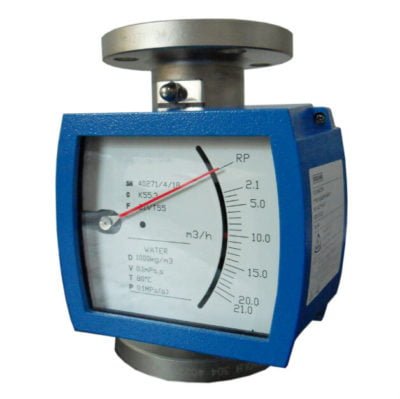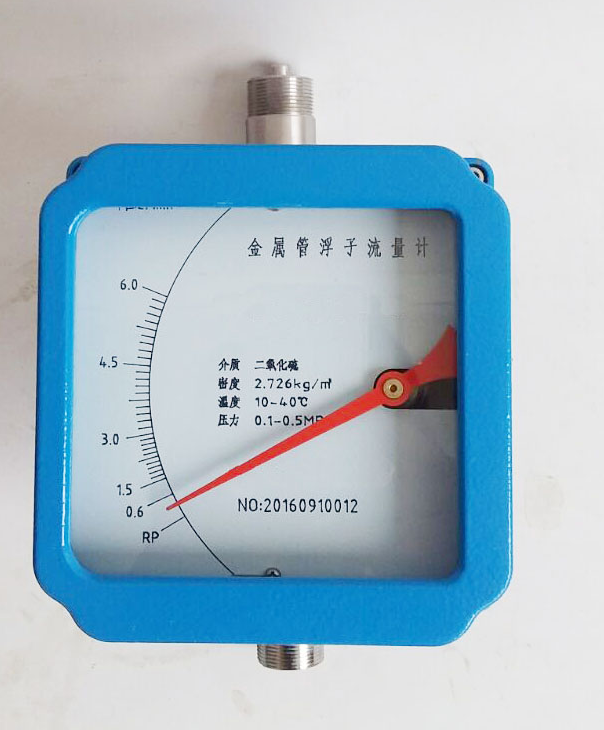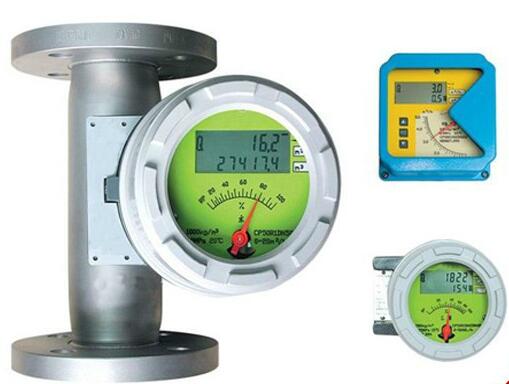Variable area flow meters, often referred to as rotameters, are commonly used to measure the flow rate of liquids and gases in a variety of industries. They work based on the principle of a float rising and falling within a tapered tube in response to the fluid flow rate. As the flow increases, the float rises, moving to an equilibrium point where the area around the float allows the passage of fluid at a stable rate. These meters are popular for their simplicity, low cost, and ease of use. While variable area flow meters are generally less sensitive to flow profile disturbances than other meter types, some installation guidelines can help ensure accurate measurements.
Here’s an overview of the installation requirements for variable area flow meters, including considerations for straight pipe lengths and other factors that can impact measurement accuracy.
1. Why Straight Pipe Sections Are Less Critical for Variable Area Flow Meters
Unlike flow meters that rely on a specific flow profile, such as turbine or vortex meters, variable area flow meters are less affected by upstream and downstream disturbances. This is because the float in the meter self-adjusts to the changing flow rates, providing a stable reading without being influenced by minor flow profile disruptions. However, certain conditions, such as heavy turbulence or pulsating flows, can affect the stability of the float, making straight pipe sections helpful in some applications.

2. Upstream Straight Pipe Requirements
Although variable area flow meters do not strictly require long upstream straight pipe sections, a short length of straight pipe can help minimize any potential disturbances that could lead to fluctuations in the float position:
- Basic Requirement: For most applications, a minimum of 5 times the pipe diameter (5D) is recommended as the upstream straight pipe section. This is generally sufficient to eliminate minor disturbances.
- Significant Upstream Disturbances: If there are significant upstream disturbances, such as nearby elbows or valves, extending the upstream section to 10D can help reduce any impact on float stability.
3. Downstream Straight Pipe Requirements
The downstream (outlet) straight pipe section is typically even less critical than the upstream section for variable area flow meters, as the float is minimally affected by conditions downstream:
- Basic Requirement: A minimum of 3 times the pipe diameter (3D) is generally sufficient for the downstream straight pipe length.
- Higher Precision Requirement: In cases where additional downstream disturbances may create backflow or cause fluctuations, extending this section to 5D may provide added stability.

4. Installation Reference Table
The table below provides a quick reference for recommended straight pipe lengths based on typical upstream disturbances when installing variable area flow meters:
| Upstream Disturbance Type | Recommended Upstream Straight Pipe Length | Recommended Downstream Straight Pipe Length |
|---|---|---|
| No Disturbance | 5D | 3D |
| Single 90° Elbow | 5D to 10D | 3D |
| Two 90° Elbows (Same Plane) | 5D to 10D | 3D |
| Two 90° Elbows (Different Planes) | 10D | 3D |
| Reducer or Expander | 5D | 3D |
| Valve (Control or Throttle) | 10D | 3D to 5D |
| Pumps or Compressors (High Turbulence) | 10D | 5D |
| Flow Conditioner Installed | 3D | 3D |
Notes:
- D represents the inner diameter of the pipe.
- Upstream Length Variability: The recommended upstream length can vary depending on the level of disturbance in the flow.
- Downstream Length: Generally shorter and only extended in cases of significant disturbances.
5. Additional Considerations for Accurate Measurements
While variable area flow meters are robust and handle a wide range of flow conditions, certain additional considerations can further enhance their performance:
- Pulsating Flow: Variable area flow meters are sensitive to pulsating flow, which can cause the float to oscillate. It is best to avoid installing them near equipment like pumps that generate pulsating flow. If this is unavoidable, a pulsation dampener can help stabilize the flow.
- Installation Orientation: Variable area flow meters typically require vertical installation with the flow moving upward. This orientation allows gravity to work against the flow, stabilizing the float’s position. Some models may accommodate horizontal installation, but this should only be done if specified by the manufacturer.
- Avoiding High Vibration: Excessive vibration can cause float instability, leading to inaccurate readings. Mounting the flow meter securely and avoiding placement near vibrating equipment can help maintain accuracy.
- Flow Conditioners: Flow conditioners or straightening vanes are generally unnecessary for variable area flow meters but may be useful in installations with limited straight pipe lengths or where significant disturbances are present.

6. Importance of Following Manufacturer Recommendations
Although variable area flow meters are versatile, manufacturers may have specific installation guidelines based on their design and intended application. Following these guidelines, including straight pipe length recommendations, helps ensure optimal performance and accuracy.
7. Conclusion
Variable area flow meters are less demanding in terms of straight pipe lengths compared to other flow meters, thanks to their float-based design that adapts to changing flow rates. However, adhering to general guidelines—5D to 10D upstream and 3D to 5D downstream, depending on flow disturbances—can improve measurement stability and reduce potential errors. By following these practices and considering factors such as pulsation, vibration, and orientation, users can achieve accurate and reliable flow measurements across a wide range of applications.
